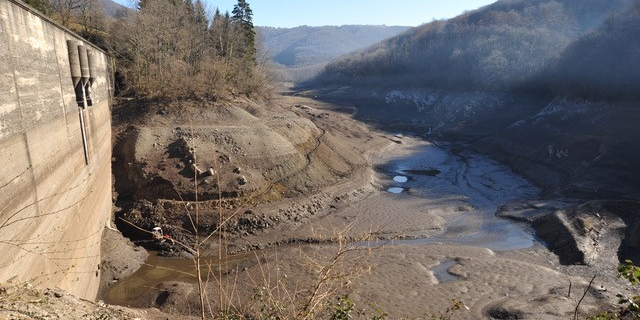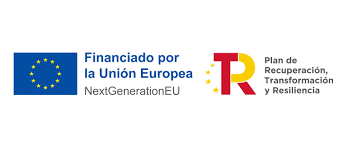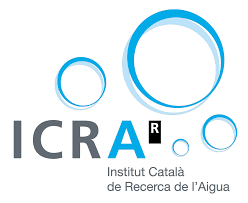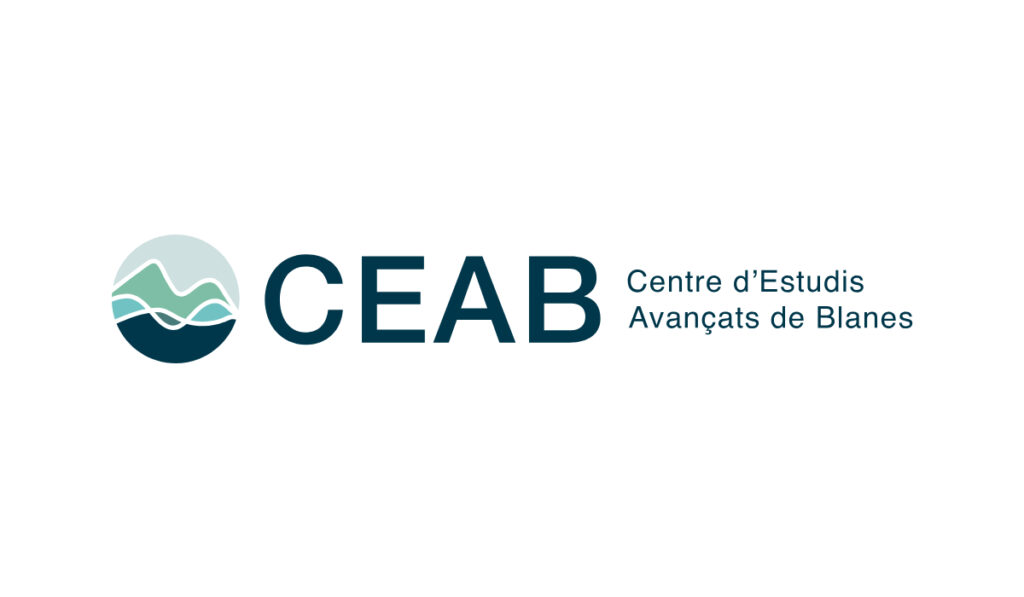Many goals for a Green Transition require the restoration of the structure and functioning of degraded ecosystems. River continuity is a pillar to guarantee the provision of ecosystem services by river networks, and the recovery of continuity in rivers through the removal of dams has been identified by the European Commission and the Government of Spain as a necessary objective for the Green Transition.
UNDAMMED will establish the foundations to anticipate the role of dam removal in the restoration of sedimentary, hydrological and carbon dynamics in river networks. After more than a century of intensive damming, most river networks in Europe are populated by a myriad of structures of varying size. This has profoundly modified basin hydrology and fluvial ecosystems, and their role as regulators of surface-groundwater interactions and sediment transport from terrestrial to coastal ecosystems. This includes the burial of substantial amounts of organic carbon in sediments trapped by dams and dams, which has set new tipping points for methane emissions into the atmosphere as organic carbon breaks down.
Now, many of these dikes and dams are about to be dismantled. However, little is known about how the hydrological and sedimentary imbalance promoted by the dam will determine the new physical trajectories once the obstacle is removed, since very few studies are available that assess the situation prior to removal. In the case of most dams built to facilitate groundwater recharge in semi-arid areas, we even ignore whether the presence of the obstacle significantly impacts infiltration. As a consequence, professionals still do not have a theoretical framework to anticipate the effects of dam removal on the restoration of the hydrological and sedimentary balance of the river network, which results in great uncertainty about the outcome of removal projects of dams In addition, we also ignore the combined dynamics of inorganic fractions and organic carbon, which is necessary to anticipate the trade-offs between the recovery of hydrological and sedimentary balance, the elimination of methane emission hotspots in flooded areas and the potential atmospheric remobilization of organic carbon buried in sediments.
In the current context of climate emergency, modification of carbon sinks and methane emission hotspots should be added to the usual environmental considerations included in dam removal projects (e.g. restoration of habitat, biodiversity). By coordinating three sub-projects that contribute a unique collection of cutting-edge methods from different disciplines (morphodynamics, carbon biogeochemistry, numerical modelling), UNDAMMED will provide a new perspective for understanding how dam removal aligns with various environmental policies in national scale (eg Recovery, Transformation and Resilience Plan), European (eg Green Deal of the EU) and global (eg COP26 agreements). UNDAMMED will also pave the way for informed decisions about the fate of small dams that are decommissioned in the next decade.












